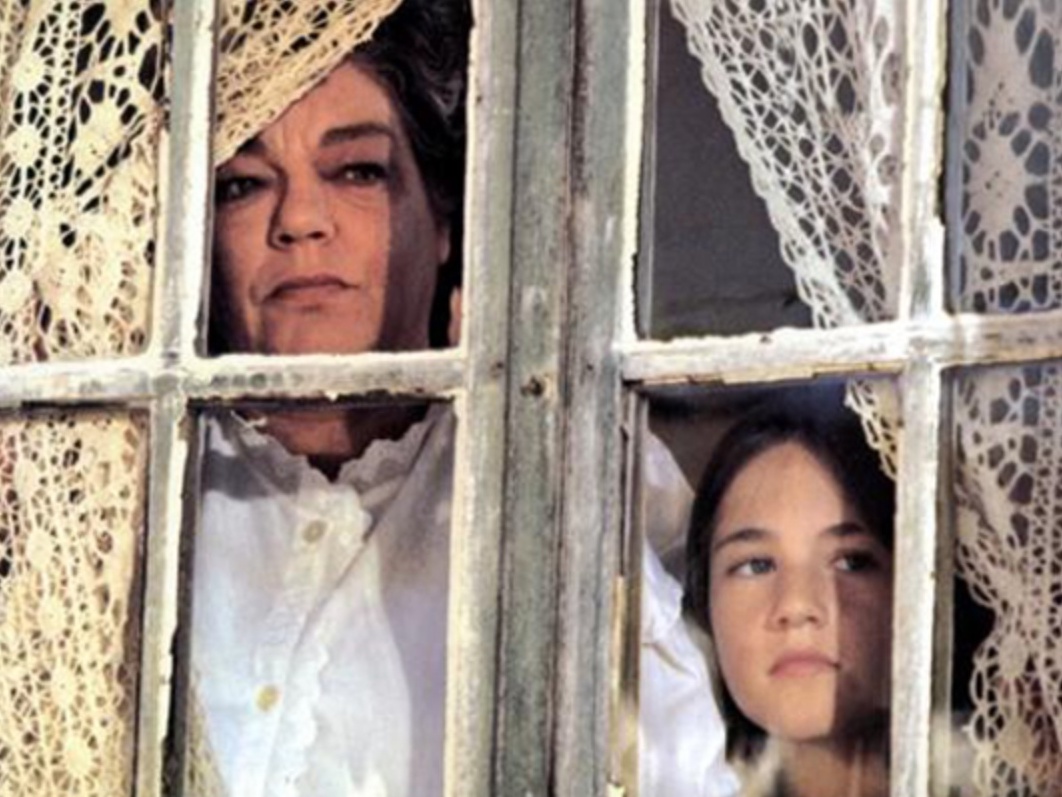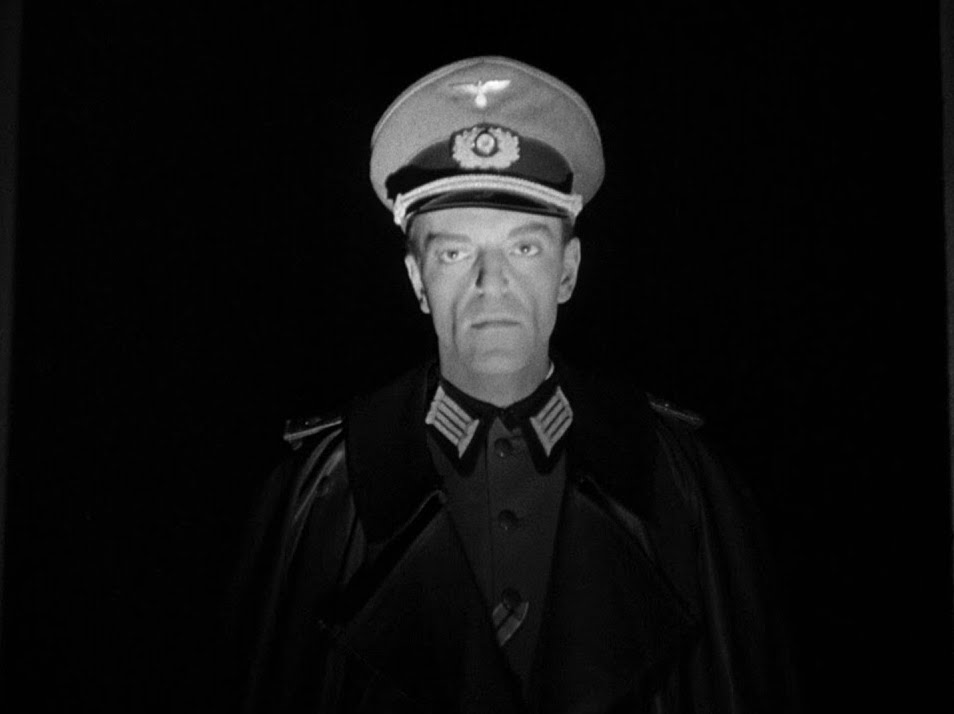Week 7/2023
In this week’s selection, silence is brooding. Silence as a form of resistance, or as the effect of lovesickness; the inability to express oneself in the face of conflicting emotions.
In L’adolescente by Jeanne Moreau, a 12-year-old girl goes to visit her grandmother for the holidays. During her stay in the countryside, she slowly becomes disconnected from her childhood, perturbated by a budding love for an older doctor. Her personal transformation takes place in the wake of the Second World War. A changing political reality which silently yet disruptively weaves itself into her intimate story.
Le silence de la mer by Jean-Pierre Melville takes place merely two years after L’adolescente, but in an entirely different situation, namely after the occupation has taken place. In 1941, the Nazi-regime has consolidated itself and a German officer is stationed in a French family’s house. The only way the uncle and his niece can show resistance is by not speaking to him. But despite their silence, the officer talks to them, and the girl can’t shut herself off from listening. Little by little, the officer starts to stir the silence in her heart…
Pierre, Jan Decorte’s first film, depicts one day in the lonely life of a Brussels municipal clerk. Decorte wrote: “A human being is to another person an inextricable secret. The ultimate meaning and motives of most of the actions he performs remain hidden from him.” Pierre seems to act in an unmotivated way, and yet every single gesture contains a mystery. In the evening, Pierre addresses a woman from his sports-club, they talk briefly and he invites her home. It’s not the words they exchange that is remarkable, but their silences.




